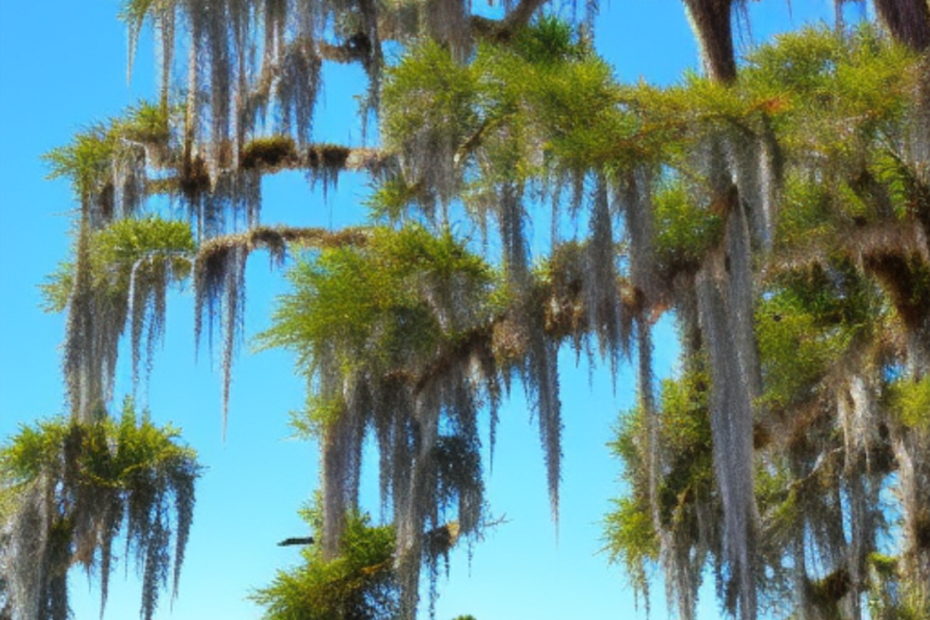Cypress trees offer an iconic symbol of beauty and mystique, inspiring captivation throughout the world since ancient times. From the soaring branches of majestic Italian cypresses lining Tuscany’s rolling hills to the hovering arms of Louisiana Cypresses stretching towards Spanish moss draped across a sunset sky, these graceful evergreens display a distinct aura and elegance.
Beyond their external characteristics, however, lie deeper secrets as to why they have been so revered over centuries- a long-standing testament to their hardy resilience in even the toughest environmental conditions.
In this article, we will explore some little-known facts on why Cypress trees are able to thrive in such hostile climates while still evoking feelings of awe-inspiring opulence with their stunning silhouettes against our landscapes.
We’ll gain insight into what makes it one of nature’s true beauties; diving deep into its noteworthy roots as homeostatic organisms capable of both survival and self-renewal despite all odds for life.
History and Symbolism of Cypress Trees
Cypress trees have captivated humans since ancient times, evoking a sense of grace and mystique through their majestic form. Throughout history, these hardy yet graceful evergreens have been sought after as symbols of strength and perseverance in the face of even the toughest environmental conditions.
In historic Italian towns such as Tuscany, tall cypresses line the rolling hills with their soaring branches presented proudly to passing travelers – emphasizing grandeur and timelessness that persists to this day.
Similarly, Louisiana Cypresses often serve as spiritual beacons along fog-shrouded bayous enveloped by an ethereal canopy draped in Spanish moss and illuminated by pink-hued sunsets.
Though they are seen throughout much of Europe, the Middle East, and North America today –it all began back in 3000 BC when they adorned royal Mesopotamian gardens belonging to powerful Sumerian Kings.
Through paintings depicting abundant foliage featured on Greek pottery during 800 BC or later use of cypress wood to build Christian basilicas- it has become evident that there was no denying their beauty & symbolism over centuries before us leading up until this day!
Adored alike among cultures worldwide-cypress trees are nothing short of fascinating marvels offering not only a sight for sore eyes but also a testament to the power of mankind’s reverence for nature’s exquisite gifts throughout time
Characteristics and Adaptability of Cypress Trees
Cypress trees are renowned for their strength and prowess in withstanding even the most challenging of climates. Not only can they grow from vast regions around the world, but they have remarkable adaptability when it comes to displaying aesthetic beauty across both wooded areas as well as crafty man-made structures like gazebos or trellises.
Featuring gnarled trunks and further noted by distinguishing shapes such as pencil-point or copper tops – referred to respectively based on its narrow trunk up top and overall similar shade as a penny’s hue – its leaves present themselves evergreen against daintily soft breeses, casting impressive shadows during sunset hours.
Many species have even proven effective measures against occasional flooding, providing some measure of protection due to their low water needs and building resilience toward inclement weather.
Offering captivating visuals in sculptures or garden accents, this delicate mix of classiness and flexibility has left behind a timeless legacy not soon forgotten.
Health Benefits of Cypress Trees
The captivating beauty of cypress trees has long been admired throughout the ages. Beyond their allure, however, lies a deeper understanding as to why these stunning evergreens have so successfully withstood both changing climates and harsh weather conditions. Not only are they robust enough to thrive in a variety of scenarios, but they also offer essential health benefits that help protect both humans and nature alike.
For starters, studies have shown that their aromatic foliage can be used for medicinal purposes due to its anti-inflammatory properties; specifically suggesting potential relief from certain respiratory ailments such as asthma or coughs when inhaled or applied directly onto the skin.
Similarly, cypress tree oils can work towards reducing stress levels by providing soothing aromatherapy attributes which often assist in calming nerves and promoting positive energy vibrations throughout one’s body and mind.
Furthermore, many areas recognize Cypress Trees’ ability to act as air purifiers; especially necessary given our current environmental climate changes where there is an increased need for clear airways everywhere around us.
Undoubtedly reliable sources of oxygen exchange further action towards controlling pollutants present in any particular region.
It is no surprise then how species like The Red Cypress Swamps around Florida remain actively sought-after destinations offering a unique ecological balance not just within itself -but across its surrounding neighbors too!



